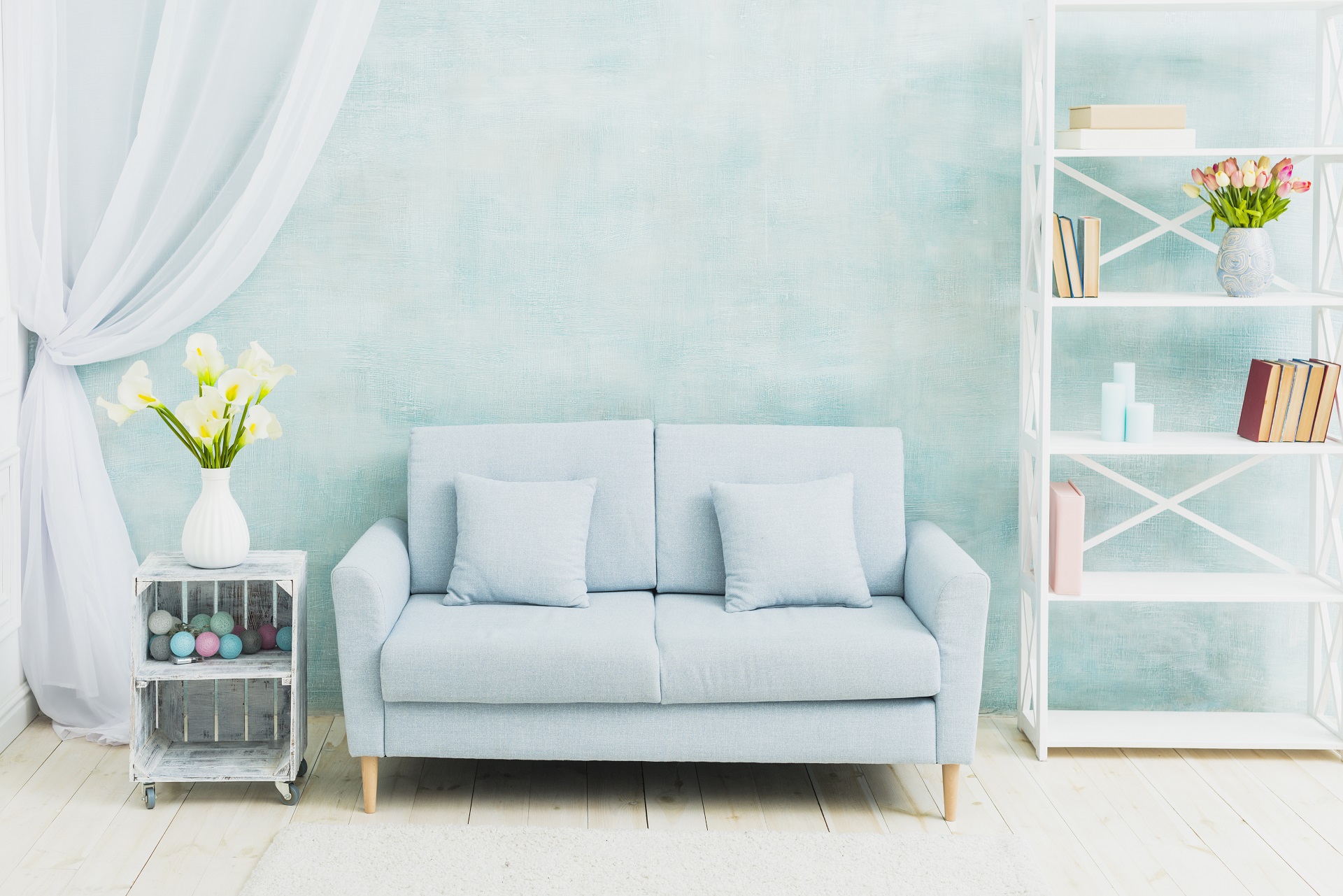When marketing and selling a home, staging can be a powerful tool. Staging helps a home sell faster in numerous cases, and it can boost the buyer’s desire for a home. In this world of incredible technology, there is an alternative to standard staging. Virtual staging uses computer imaging technology to create realistic listing photos that display a staged home, even though the property isn’t physically staged. Through 3D modeling and photo editing, empty rooms transform into a staged home. The results can be quite impressive.
Styldod states, “The fundamental difference between traditional staging and virtual staging is that traditional staging showcases a property as it is, while virtual staging shows property as possible. In virtual staging, a photograph is all you need to get the room virtually staged.”
Pros:
- Cost Effective: One of the benefits of virtual staging is its cost-effectiveness. Home sellers don’t have to pay for the cost of renting furniture or accessories, and they don’t have to pay a professional stager. Standard staging can cost thousands, “on average, it will cost you at least $7,000-$30,000.” In contrast, virtual staging “per image, it will cost you only $16-$100” (Styldod).
- No Labor: Another cost-effective reason to use virtual staging is that there is no labor-intensive work. When you use a service to stage your home physically, this includes renting the furniture, setting it up, and then taking it down once the listing period is over. With virtual staging, you only need a digital photo of your room.
- Not Time-Consuming: The entire process of virtual staging is not time-consuming. You don’t have to wait for the furniture to be delivered or for the stager to set it up. Virtual staging can be done quickly and easily.
Possible Cons:
- Less Personal: One potential drawback of virtual staging is that it can seem less personal than traditional staging. When you see a virtually staged home, you see a computer-generated image. It’s not an actual photo of the house with real furniture. This could make some buyers feel like they’re not getting a real sense of the property.
- Empty Home: Some buyers may be disappointed when they arrive at an empty home. They might have pictured the house with the virtually staged furniture and feel like they’re not seeing the “true” property.
What Part of Your Home Should You Stage?
Below is what over 4,200 surveyed home buyers deemed as the most critical rooms in the home to have staged.
- 86% Living Room
- 84% Master Bedroom
- 68% Kitchen
- 63% Outside Space
- 71% Dining Room
Whether you are physically or virtually staging, in either case, it’s a good idea to view staging not as an expense but as an investment. Contact me today if you’re thinking of selling soon and would like to work with a stager. I can connect you to trusted professionals who will make your home look its best.


 Facebook
Facebook
 X
X
 Pinterest
Pinterest
 Copy Link
Copy Link


